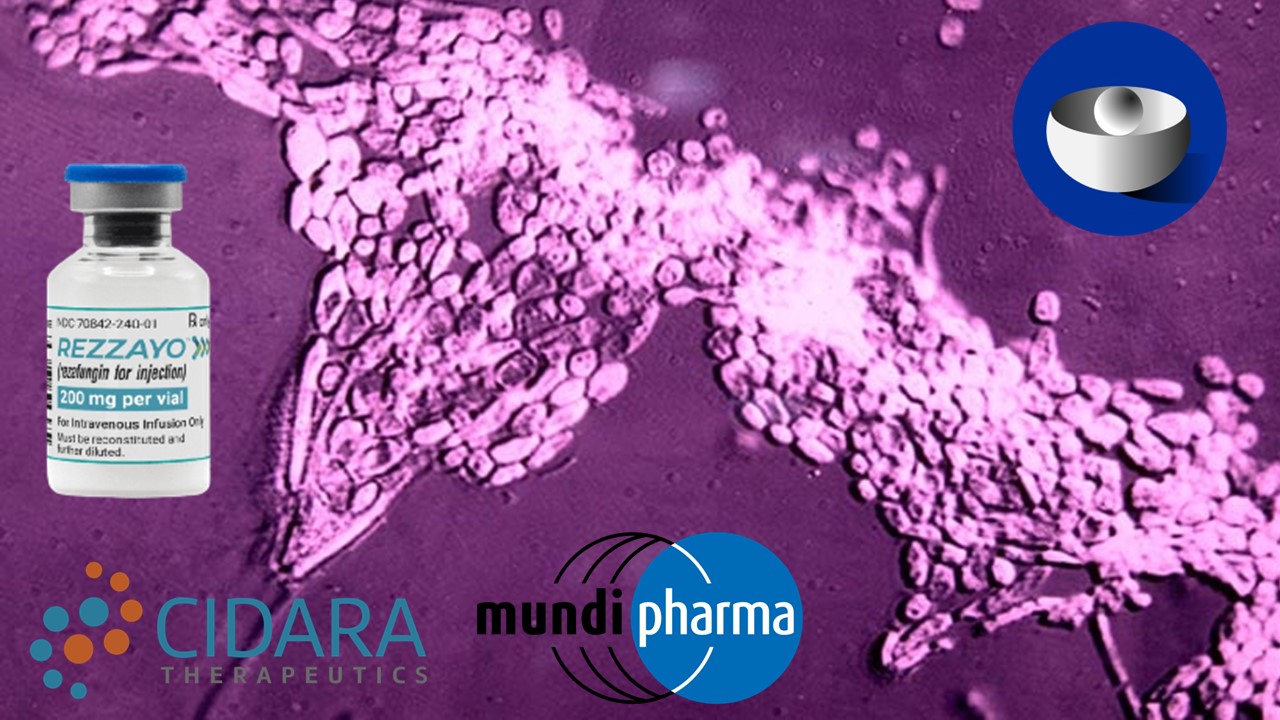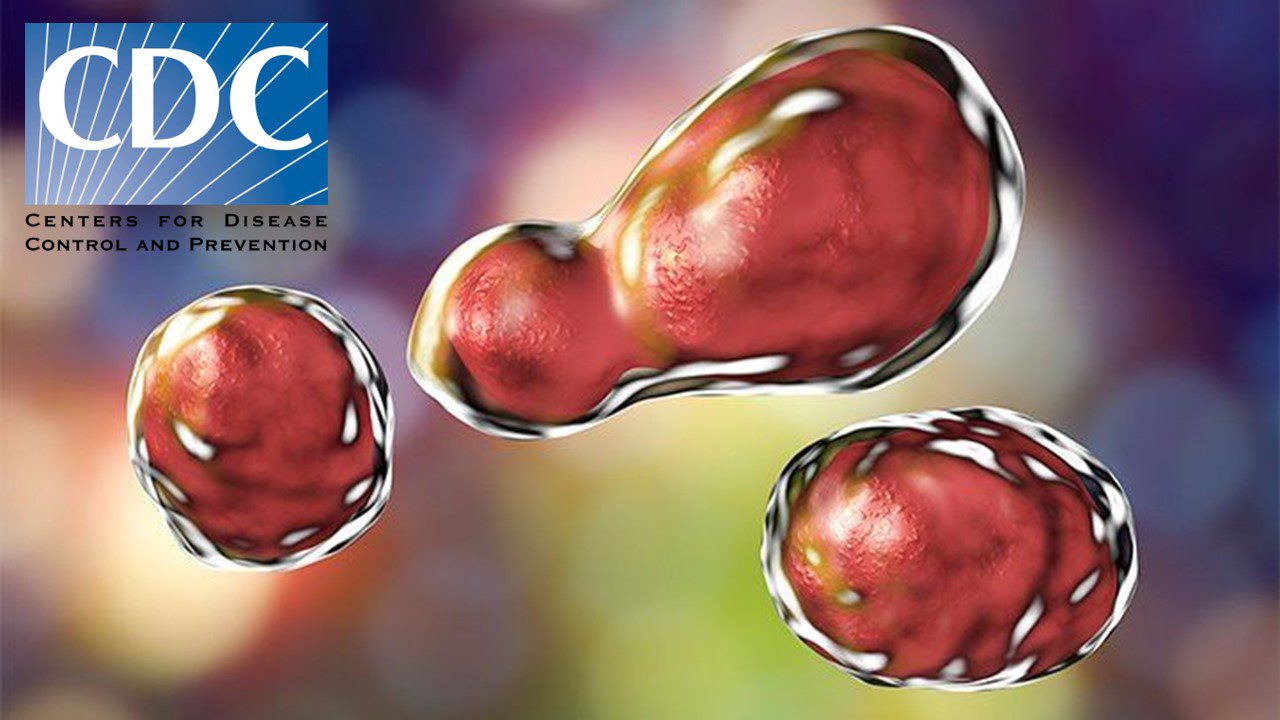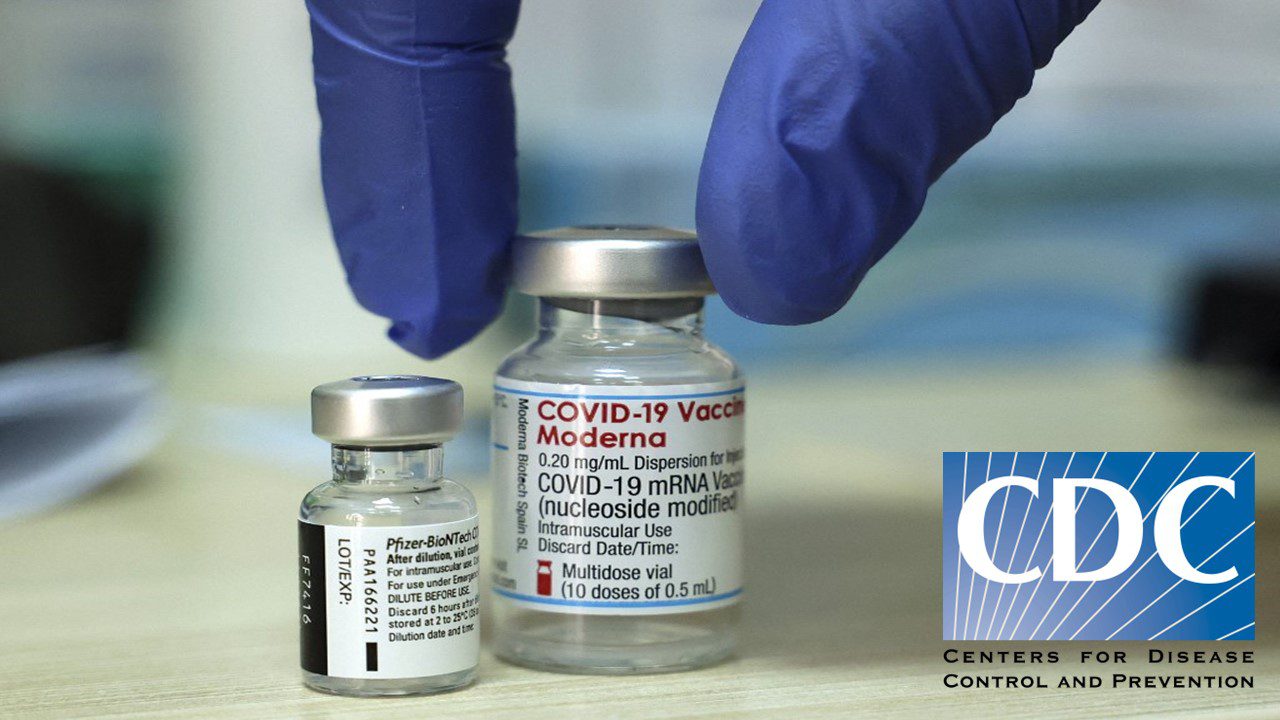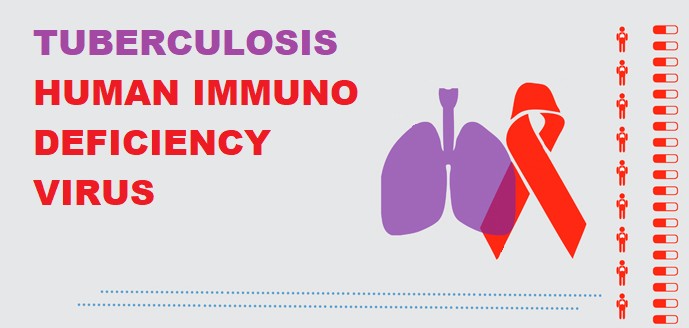Antiviral Therapies: The Story So Far
Recent discoveries in novel antiviral treatments for COVID-19 have renewed interest in the entire field of therapeutic agents against viral disease. Though the field has had many developments in the last decade, public health strategies have been far more focused in tackling viral disease through the use of preventative campaigns, vaccination and allowing patients to generate their own immunity while providing symptom relief. However, this has not been a feasible approach for all viral diseases – with COVID-19 providing the latest high-profile example. Prior to that, antiviral therapy was mostly associated with diseases such as HIV & Hepatitis C.
COVID-19
Molnupiravir & Paxlovid, which show promise in treating COVID-19, offer far more cost-effective alternatives to treatments such as monoclonal antibody therapy. Both drugs work by inhibiting the replication of COVID-19, with Molnupiravir promoting mutations in the replication of viral RNA. Paxlovid is a combination therapy of PF-07321332 & ritonavir, both of which are different protease inhibitors which hamper the production of viral proteins necessary for the formation of new viral particles in the host organism.
The use of remdesivir prior to the discovery of these two agents also illustrates the importance of looking at lessons that have already been learned from the development and use of other antiviral treatments in the interests of tackling current and future disease epidemics.
Human Immunodeficiency Virus (HIV)
Highly Active Antiretroviral Therapy (HAART) has been perhaps the most well-known application of antiviral treatment prior to COVID-19. The therapy consists of a combination of at least three different agents, each inhibiting the virus at various stages of its life cycle. Particular focus is provided on agents that inhibit the enzyme Reverse transcriptase. Reverse transcriptase converts viral RNA to DNA, which is necessary before the virus can merge its genetic material with that of its host.
Due to the highly error-prone nature of Reverse transcriptase, HIV can mutate particularly quickly. This is why it is often futile to only use one antiviral agent – the combination of different drugs ensures that should the virus evolve resistance to one, the other drugs in the mix will be able to suppress the resistant variant and prevent it from taking hold.
This has been a long journey for HAART, however: from the approval of azidothymidine in 1987, the first drug to be used against HIV, to the current inventory of more than 30 different agents across six different classes of drugs in 2021. To this day, our best results have been to simply turn HIV into a manageable chronic condition, with no therapies that can completely eliminate the disease. As a patient progresses with HAART, their viral load becomes undetectable and non-transmissible, but should therapy lapse then HIV is able to surge back through reservoirs that cannot be reached by the therapeutic agents or the immune system. These reservoirs remain the biggest obstacle to a cure for HIV. New developments in long-acting injectable antiretrovirals aim to eliminate the difficulty in adhering to combination HAART, through the administration of only some injections per month.
Hepatitis C Virus (HCV)
Hepatitis C is a chronic viral infection. Unlike HIV, HCV can be cleared with treatment. For a long time, the only treatment options for HCV consisted of a combination therapy of pegylated interferon (PEF) and Ribavirin. Not only was this less effective than current therapies, but pegylated interferon also had to be administered as a weekly injection.
Since the 2010s, Direct-Acting Antivirals (DAA) have become the preferred mode of treatment for Hepatitis C, with 90% of patients using them able to clear infection. Though the efficacy of the therapy cannot be doubted, significant improvements remain to be made in improving their side-effect profile as well as access to the treatments, which remain quite expensive.
Hepatitis B Virus (HBV)
Contrary to Hepatitis C, Hepatitis B is a virus that is usually cleared without treatment. Antiviral treatments are only reserved for the severely immunocompromised or those experiencing fulminant Hepatitis B. However, much like HIV infection, current treatment options are unable to cure the infection and merely suppress the replication of the virus, with lapses in treatment resulting in the re-emergence of the virus.
New developments do show promise, with research focusing on agents that improve the immune response to the virus exhibiting fewer side-effects, albeit with a lower overall efficacy. Combination therapies that target multiple points in the life cycle of the virus may perhaps be the best hope for a cure for patients who are unable to clear the virus on their own. Multiple such drugs are currently in Phase II trials.
Influenza (Flu)
Even though six antiviral agents do exist for the treatment of Influenza, annual vaccination remains the preferred public health response to outbreaks of the virus. The current antiviral agents are peramivir, zanamivir, oseltamivir phosphate, baloxavir marboxil, amantadine and rimantadine. Amantadine and rimantadine are no longer in use, having fallen victim to antivi
This emergence of drug resistance in influenza is what limits the use of antiviral treatment, which is typically employed for severely ill patients with compromised immune systems. As such, new developments for influenza treatment are urgently required, with treatment cocktails that can overcome the barrier of resistance remaining a hopeful future possibility.
Conclusions
Antivirals have actively aided the treatment of multiple viral diseases for decades. However, the diseases which they have been used for tend to be chronic and predominantly relevant to disadvantaged minorities and developing countries. COVID-19 presents the opportunity for antiviral treatments to have their “Penicillin” moment and really enter the global health spotlight. Common challenges for antiviral treatments include the development of antiviral resistance, particularly when any agent is used outside of a combination therapy, as well as the cost of treatment, especially when managing chronic illness.
With multiple antiviral agents showing promise across a spectrum of diseases, including the recent example of remdesivir, which was used for Hepatitis B prior to being seen as a possible therapy for COVID-19, the importance of further broad-based research in antiviral agents cannot be understated.
Nick Zoukas, Former Editor, PharmaFeatures
Subscribe
to get our
LATEST NEWS
Related Posts

Infectious Diseases & Vaccinology
Rezzayo™’s Latest EU Approval for Invasive Candidiasis Breaks Ground in Antifungal Therapy
Rezafungin marks the initial addition to the treatment arsenal for patients grappling with invasive candidiasis in more than 15 years.

Infectious Diseases & Vaccinology
Unmasking the Shadow: CDC Battles the Latest Fungal Meningitis Outbreak in Matamoros, Mexico
CDC tackles fatal fungal meningitis outbreak linked to surgeries in Matamoros, Mexico.











